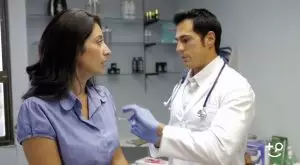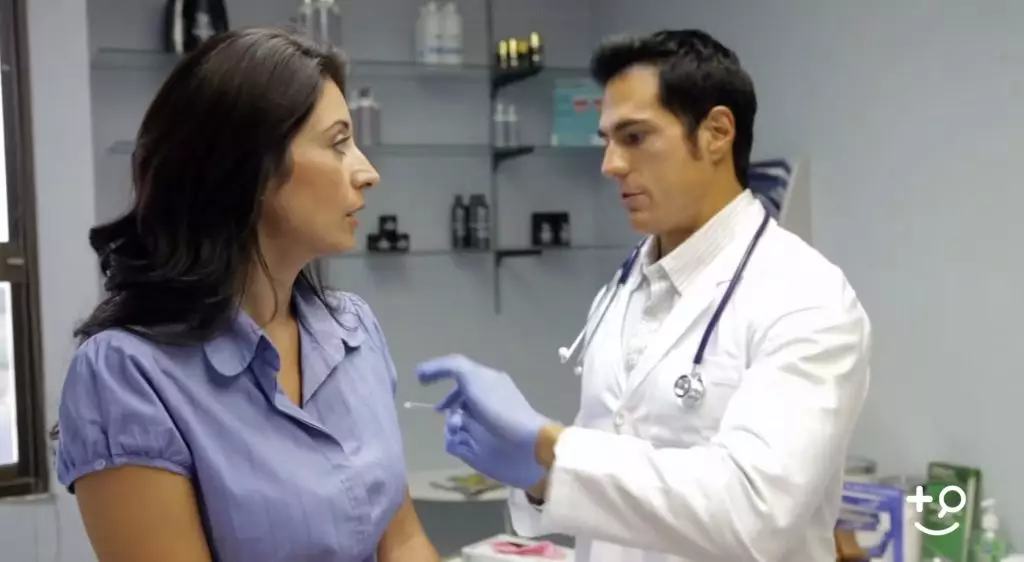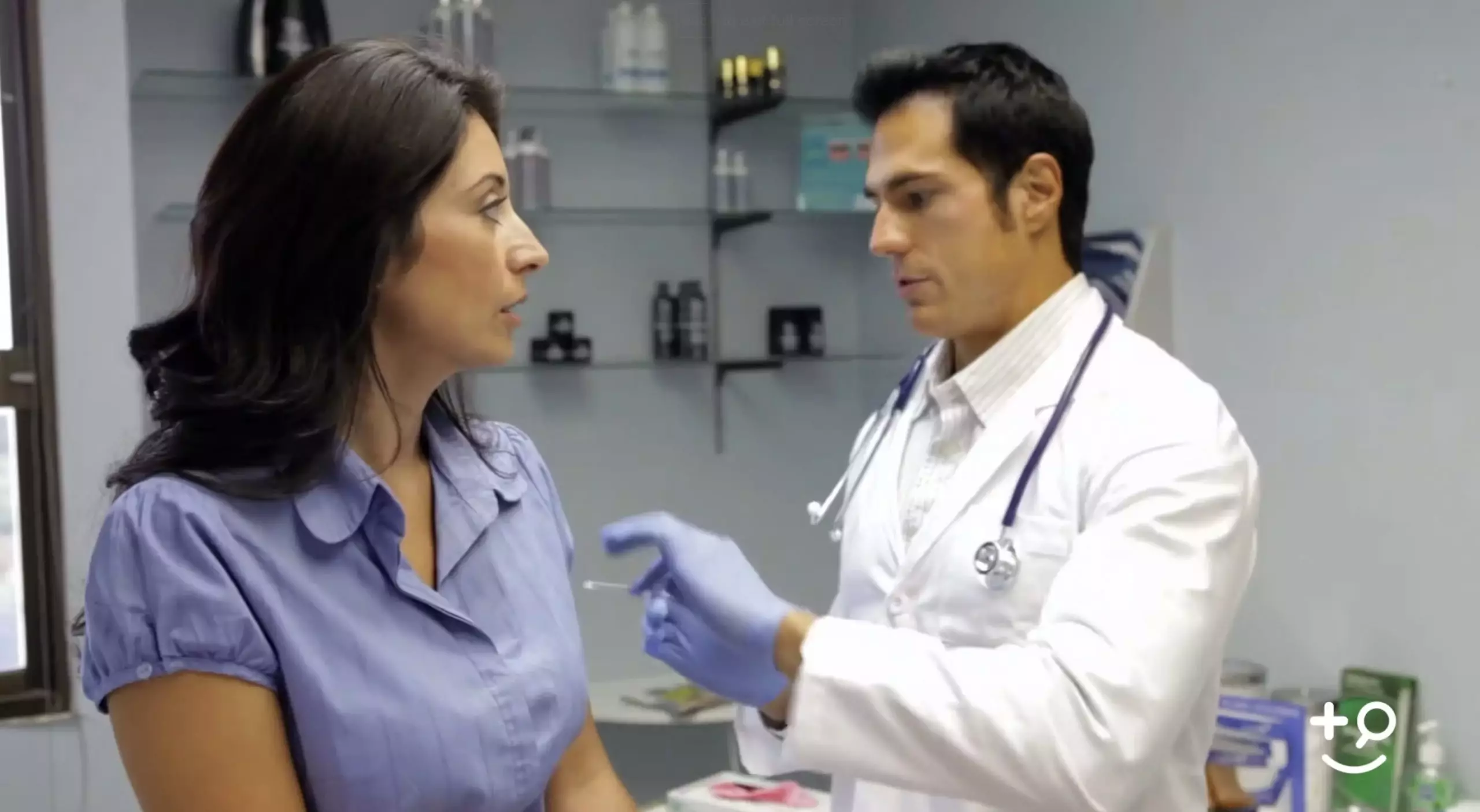Can Cervical Cancer Be Eliminated Completely?
A recently published pair of studies suggest the cervical cancer vaccine could help nearly eliminate the disease in North America by 2040.



With all the controversy and disappointments surrounding COVID-19 vaccines, there’s good news about a 15-year-old shot that has already saved thousands of lives. Not only has data consistently proven it safe and effective, but its use has been steadily increasing. Unfortunately, as with the COVID-19 vaccines, there are pockets of resistance to vaccination even as federal messaging has been confusing about who should take it and when. Still, a recently published pair of extensive studies suggest the vaccine could help nearly eliminate cervical cancer in North America by 2040. Here’s what the study suggests needs to happen for that to occur.
Growing Risk
While Scott Joplin, Franz Schubert, and Al Capone likely died of syphilis, by the later half of the 20th century an often asymptomatic sexually transmitted disease was responsible for far more deaths. The human papillomaviruses (HPV) is an extremely common virus. Anyone who is sexually active is likely exposed to it. Most people were infected with it before their 30th birthday. Although it can cause genital warts, for most there was no sign that they had it.
Cancer is the result of genetically damaged cells continuing to divide and multiply. Eventually cancerous cells can spread; left untreated many cancers can be fatal. HPV has been linked to cancers of the penis, vulva, vagina, and the back of the throat according to the Centers for Disease Control and Prevention. It’s also responsible for some 90% of anal and cervical cancers. Almost 50,000 HPV-associated cancers occur in the United States each year with around 25,000 affecting women and 20,000 affecting men.
When cells inside the cervix begin to change, it can lead to cervical cancer. This happens when those abnormal cells called dysplasia begin to grow. In the U.S., over 4,000 women each year die from cancers affecting this area at the lower end of the uterus. The fourth most common cancer among women, cervical cancer is responsible for over 300,000 deaths worldwide every year according to the World Health Organization.
Abnormal cell growth in the cervix is usually extremely slow ––which is why screenings and early detection are so valuable. Invented in 1941, the Pap smear relied upon a tiny brush to collect cells from the cervix which were then examined under a microscope. It soon became part of most women’s annual check-ups and helped reduce the mortality rate from cervical cancer since the 1950s by more than 70%. However, the risk of overdiagnosis from false positives along with concerns about unnecessary discomfort and testing for younger women who aren’t at risk has led to a call for a reduction in screenings. Instead of once a year, the updated version of the Pap smear, called liquid-based cytology, is only necessary every three years for women ages 30-64. Indeed, the studies detailing a complete elimination of cervical cancer worldwide within a century only suggest that 70% of women be screened for cervical cancer once or twice in their lifetime. Instead, it’s a shot against HPV that will do the heavy lifting.
The Shot
Introduced in the U.S. in 2006, the vaccine against HPV was initially recommended for boys and girls ages 11-12––before they become sexually active. However, its use has continued to be resisted in part from a concern that it promoted promiscuity. After all, if newlyweds are virgins, there’s little risk of exposure. Yet no parent can guarantee the future for their offspring. Besides, a 2019 study showed the vaccine was exceeding expectations, protecting both the vaccinated and unvaccinated by achieving the often elusive herd immunity.
More recently, the CDC’s 2020 National Immunization Survey-Teen on 20,000 teenagers showed that some 59% were up-to-date on HPV vaccinations while over three-quarters had at least one dose. While the percentage has been growing each year, it’s still less than for many other common vaccines. Indeed, “Improvements in HPV vaccination coverage are crucial to lowering rates of HPV-attributable cancers in the United States,” researchers involved with the CDC report explained. Resistance to the HPV vaccine is ongoing and, in many aspects, mirrors the conservative, rural cohort that has most resisted the COVID-19 vaccine.
Yet the vaccine is the cornerstone of the WHO’s effort to eliminate cervical cancer. Analyzing a plan that calls for 90% of girls to be vaccinated against HPV by 2030, the study’s authors suggested that, with vaccination alone, cervical cancer cases will plummet by 89% within a century in the 78 countries worst affected by the disease. Some 60 million cases of cancer will be avoided in the lower income nations where the study was focused.
For higher-income places like North America, the disease could be eliminated far sooner. Indeed, a federal panel in 2019 recommended that people in the U.S. between the ages 27 and 45 decide along with the health care providers whether or not to get the HPV vaccine. Unfortunately, many were confused by the message as it’s likely that most people in that age group have already been exposed or even infected by the virus. However, the current HPV vaccine protects against multiple variants. For someone who spent their 20s in a monogamous relationship only to find themselves suddenly single in middle age, the vaccine could be beneficial. Yet the greatest impact remains among the young who may witness the total elimination of a disease that has killed millions.
References
- HPV-Associated Cancer Statistics
- Cervical Cancer Screening (PDQ®)–Patient Version
- Key Statistics for Cervical Cancer
- Cervical Cancer
- Georgios Papanikolaou: Inventor of the Pap Smear Test
- Cervical Cancer Prevention – Cervical Screening: Science in Evolution
- Population-level impact and herd effects following the introduction of human papillomavirus vaccination programmes: updated systematic review and meta-analysis
- Survey: HPV vaccination rates continue to improve
- Impact of HPV vaccination and cervical screening on cervical cancer elimination: a comparative modelling analysis in 78 low-income and lower-middle-income countries
